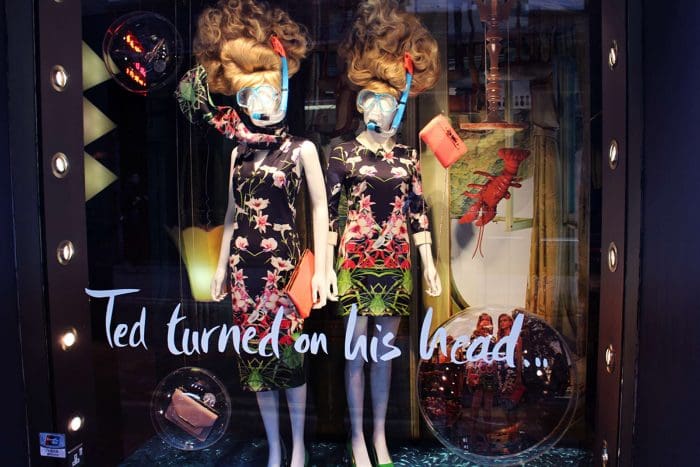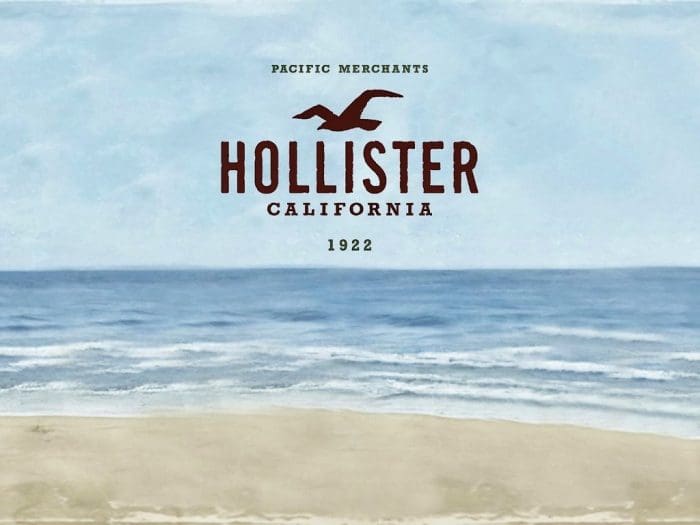For some brands, their history is what make them. For example, Burberry has been around since 1856 as an outdoor wear company and is now seen as one of the top fashion labels in the world. However, for new brands, it can be difficult to have such a story and heritage behind them. This is when fake authenticity comes in.
Essentially, fake authenticity is when you create your own fictional brand story from scratch. If your brand hasn’t been established for years and years, then there is often little story to tell. You can talk about the process on how the brand may have come about, but for some brands, it still may be pretty generic and plain. Instead, by making a fictional story you can spice it up a bit.
Consumers love brand stories. They believe in them and follow them. That is why some brands have decided to make up their own stories, to help engage customers in their story and brand. We’ve picked out just a few brands that have created their own brand story, which they have carried through in their marketing and branding.
Hollister
Hollister is probably one of the most well-known for its fake background story. They’re an American lifestyle fashion brand, who advertise that they were founded in 1922 in California. However, they were actually founded by Abercrombie and Fitch in the year 2000. With clever marketing and branding, most would never have known about this. They make it very clear on all their packaging and advertising that they were ‘established’ in 1922 and also use a heritage style of imagery, using sepia-toned or even black and white filters.
Abercrombie and Fitch even created a whole character called John, M, Hollister. Those who worked for Hollister were led to believe this story about John.
“John M. Hollister was born at the end of the nineteenth century and spent his summers in Maine as a youth. He was an adventurous boy who loved to swim in the clear and cold waters there. He graduated from Yale in 1915 and, eschewing the cushy Manhattan life suggested for him, set sail for the Dutch East Indies, where he purchased a rubber plantation in 1917. He fell in love with a woman named Meta and bought a fifty-foot schooner. He and Meta sailed around the South Pacific, treasuring ‘the works of the artisans that lived there,’ and eventually settled in Los Angeles, in 1919. They had a child, John, Jr., and opened a shop in Laguna Beach that sold goods from the South Pacific—furniture, jewelry, linens, and artifacts. When John, Jr., came of age and took over the business, he included surf clothing and gear. (He was an exceptional surfer himself.) His surf shop, which bore his name, grew in popularity until it became a globally recognized brand,”
However, Hollister did receive a bit of backlash in the media due to their made-up brand story. They now don’t publicly post much about their brand story, but they have very much kept their brand styling. The story still built them up to where they are today.
Ted Baker
If you didn’t know, Ted Baker is actually a made up name. The actual owner of Ted Baker is called Ray Kelvin. However, if you go into the brands ‘about’ section on their website, they talk as if Ted is a real person. The story they have may actually be true, but they’ve just replaced Ray’s name as Ted.
Within their visual merchandising and advertising, they even talk about the brand as a person. As you see below, in a recent campaign they said ‘Ted turned on his head.’

Frankie & Benny’s
Lastly, we have Frankie & Benny’s, the well-loved restaurant chain of New York Italian food. The first location actually opened in 1995, however, the brands’ fictional story starts in 1924.
‘In 1924, at the age of 10, Frankie left Sicily with his parents and moved to “Little Italy” in New York City. Within a year of moving, the family had opened a restaurant, everybody helping with the building and the cooking in equal measure. Frankie went to the nearby high school and became lifetime friends with Benny, already a third-generation American. The business was taken over by Frankie and Benny in 1953, and combines popular American food with traditional Italian dishes.’
Within their restaurants, they plaster the walls in old family photographs, and have styled the restaurant as a 1950’s American diner.






